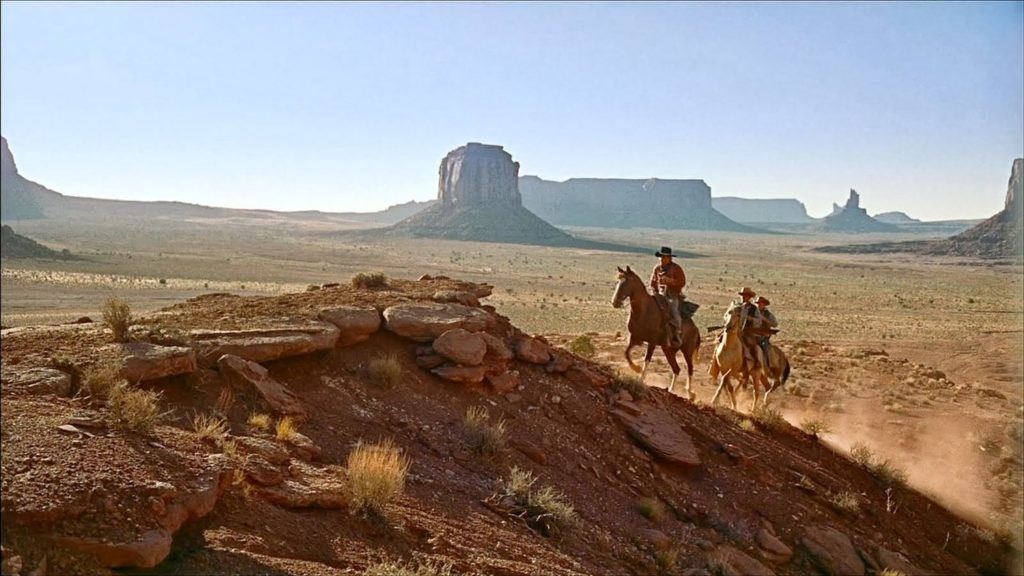In my latest Wall Street Journal “Sightings” column, I write about the appeal of widescreen films. Here’s an excerpt.
* * *
We’ve all heard about the perilous state to which movie theaters have been reduced by the pandemic and how in-home streaming is the wave of the future. But is that necessarily so bad? Yes and no. Many popular films, especially smaller-scaled romantic comedies, do not profit decisively, artistically speaking, from being viewed on a 50-by-30-foot screen, the standard size of a large multiplex screen. What is mainly lost by home viewing is something else: the exciting and festive communal experience of seeing any film as part of an audience, which for many grownups is significantly diminished (notwithstanding the great popcorn) by the prospect of sitting in the midst of a noisy, inattentive, cellphone-wielding crowd. Anyone who, like me, has seen a hit film at a suburban multiplex knows that such has long been the aggravating reality of contemporary moviegoing.
On the other hand, some films—including many of the greatest ones—lose immeasurably from home viewing. I discovered this in 2017 when TCM Big Screen Classics started showing older studio-system films in theaters on a limited-run basis. The Big Screen Classic that opened my eyes to the incomparable pleasures of large-screen viewing was Alfred Hitchcock’s “North by Northwest” (1959), a thriller shot in VistaVision, one of several widescreen, higher-resolution filming processes introduced in the ’50s in order to help studios compete with TV….
Part of what makes the original VistaVision version of “North by Northwest” so compulsively watchable is that many of its most memorable scenes, in particular the ones shot in a deserted Illinois cornfield and on a studio mockup of Mount Rushmore, made use of the wider screen of VistaVision by being filmed on an exceptionally large scale. No matter how big a home TV screen you have, it cannot come remotely close to offering the all-enveloping experience of watching scenes such as these unfold on a wide screen in a darkened theater.
This is equally true of widescreen westerns like John Ford’s “The Searchers” (1956, shot in VistaVision) and Sergio Leone’s “Once Upon a Time in the West” (1968, shot in CinemaScope, an anamorphic widescreen process with an aspect ratio of 2.35:1). The immense wilderness spaces in which these movies are set are, in a sense, another onscreen character…
* * *
Read the whole thing here.
